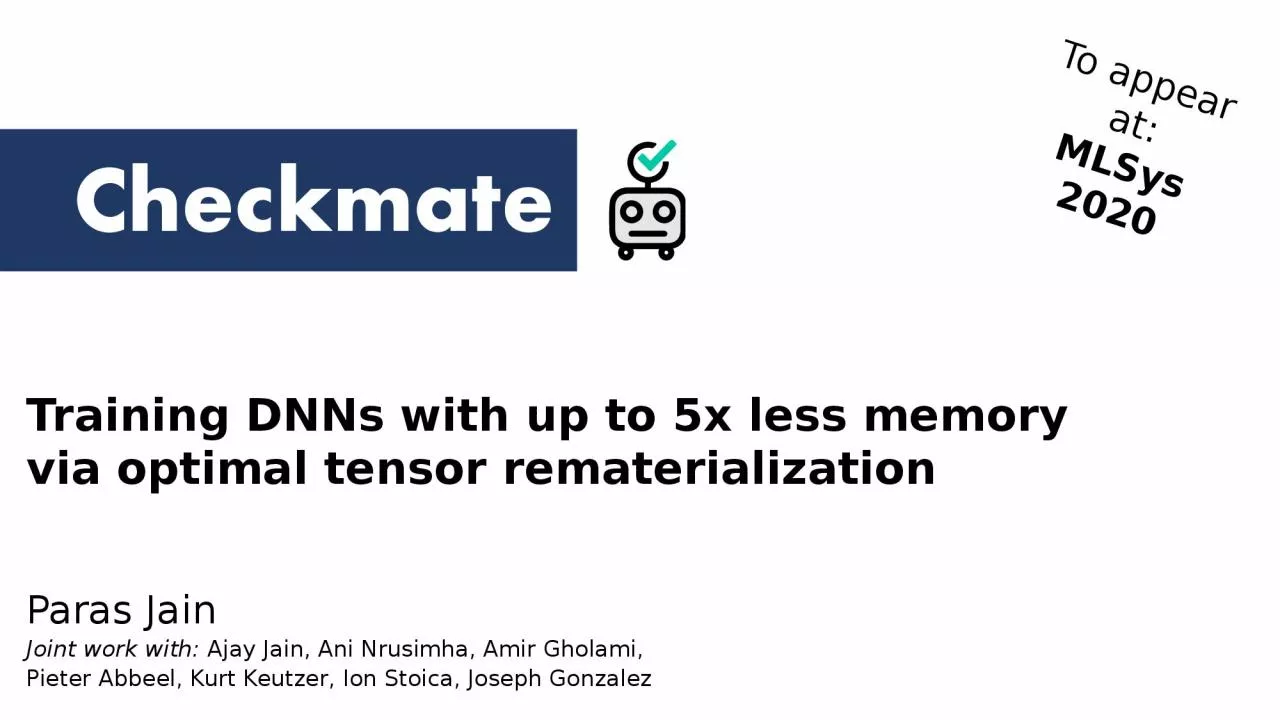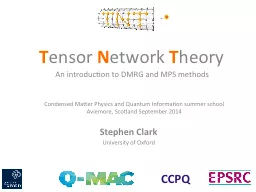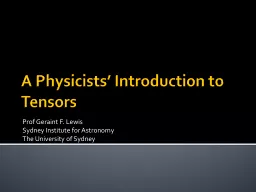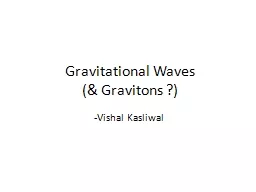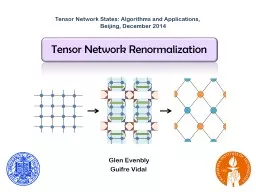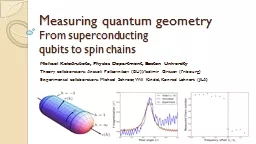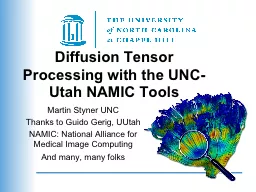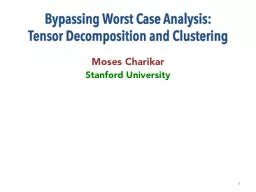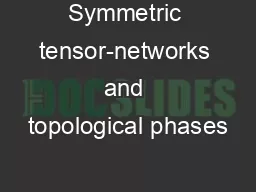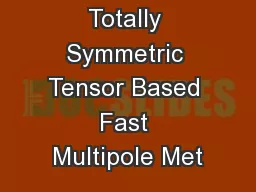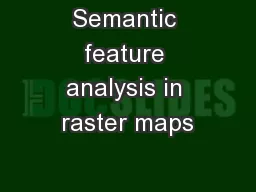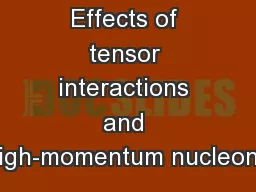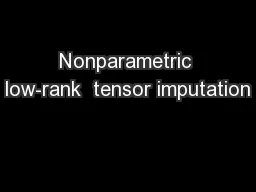PPT-Training DNNs with up to 5x less memory via optimal tensor
Author : SunnySeahorse | Published Date : 2022-08-01
rematerialization Paras Jain Joint work with Ajay Jain Ani Nrusimha Amir Gholami Pieter Abbeel Kurt Keutzer Ion Stoica Joseph Gonzalez To appear at MLSys
Presentation Embed Code
Download Presentation
Download Presentation The PPT/PDF document "Training DNNs with up to 5x less memory ..." is the property of its rightful owner. Permission is granted to download and print the materials on this website for personal, non-commercial use only, and to display it on your personal computer provided you do not modify the materials and that you retain all copyright notices contained in the materials. By downloading content from our website, you accept the terms of this agreement.
Training DNNs with up to 5x less memory via optimal tensor: Transcript
Download Rules Of Document
"Training DNNs with up to 5x less memory via optimal tensor"The content belongs to its owner. You may download and print it for personal use, without modification, and keep all copyright notices. By downloading, you agree to these terms.
Related Documents

